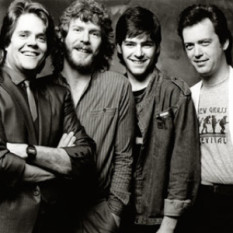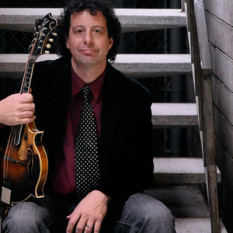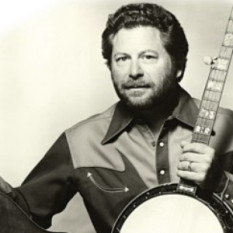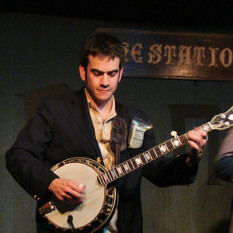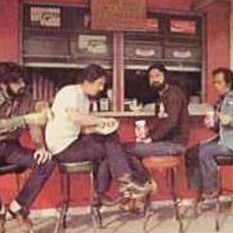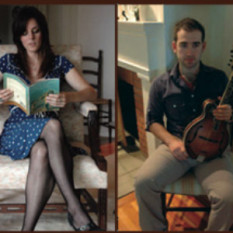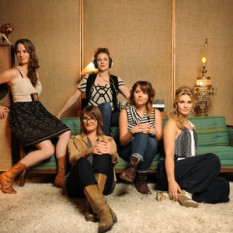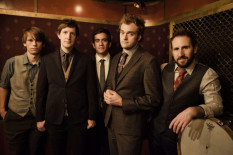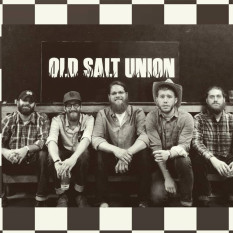Due to the exposure traditional bluegrass acts received on alongside mainstream country music on radio and televised programs such as the Grand Ole Opry, a wave of young, and not exclusively southern musicians began to replicate the genre's format on college campuses and in coffeehouses amidst the American folk music revival of the early 1960s. These artists often incorporated songs, elements, and instruments from other popular genres, particularly rock and roll. Banjoist Earl Scruggs of the Foggy Mountain Boys had shown progressive tendencies since the group's earliest days incorporating jazz-inspired banjo and bass duets and complicated chord progressions that progressed beyond the genre's original rigid and conservative structure. In the late 1960s, Scruggs experimented on duets with saxophonist King Curtis and added songs by the likes of counterculture icon Bob Dylan to the group's repertoire, while bandmate Lester Flatt, a traditionalist, opposed these changes resulting in the group's breakup in 1969. New Grass Revival began utilizing electric instrumentation alongside songs imported from other genres to great popularity in the 1970s and 1980s and the term "newgrass" became synonymous with "progressive bluegrass". Throughout the '80s and '90s, progressive bluegrass continued to evolve, moving closer toward folk and rock in some quarters and closer to jazz in others, while festivals such as the Telluride Bluegrass Festival, RockyGrass in Lyons, Colorado, and MerleFest in Wilkesboro, North Carolina began to attract performing acts from outside the bluegrass tradition, merging the bluegrass community with other popular music scenes across America. Following the death of Jerry Garcia, who had begun his career playing bluegrass, and the dissolution of the Grateful Dead, the blossoming "jam band" scene that followed in their wake embraced and included many acts that performed a style of progressive bluegrass that included extended, exploratory musical improvisation, often called "jamgrass." This style began to define many such acts whose popularity has grown in the 21st century such as Leftover Salmon, The String Cheese Incident, Yonder Mountain String Band, The Infamous Stringdusters, Railroad Earth, Greensky Bluegrass, and Billy Strings. In recent years, groups like the Punch Brothers, the Jon Stickley Trio, and Nickel Creek have developed a new form of progressive bluegrass which includes highly arranged pieces that resembles contemporary classical music played on bluegrass instruments. These bands feature complicated rhythms, chord schemes, and harmonics combined with improvised solos. At the same time, several popular indie folk and folk rock bands such as the Avett Brothers, Mumford & Sons and Trampled by Turtles have incorporated rhythmic elements or instrumentation from the bluegrass tradition into their popular music arrangements. .

